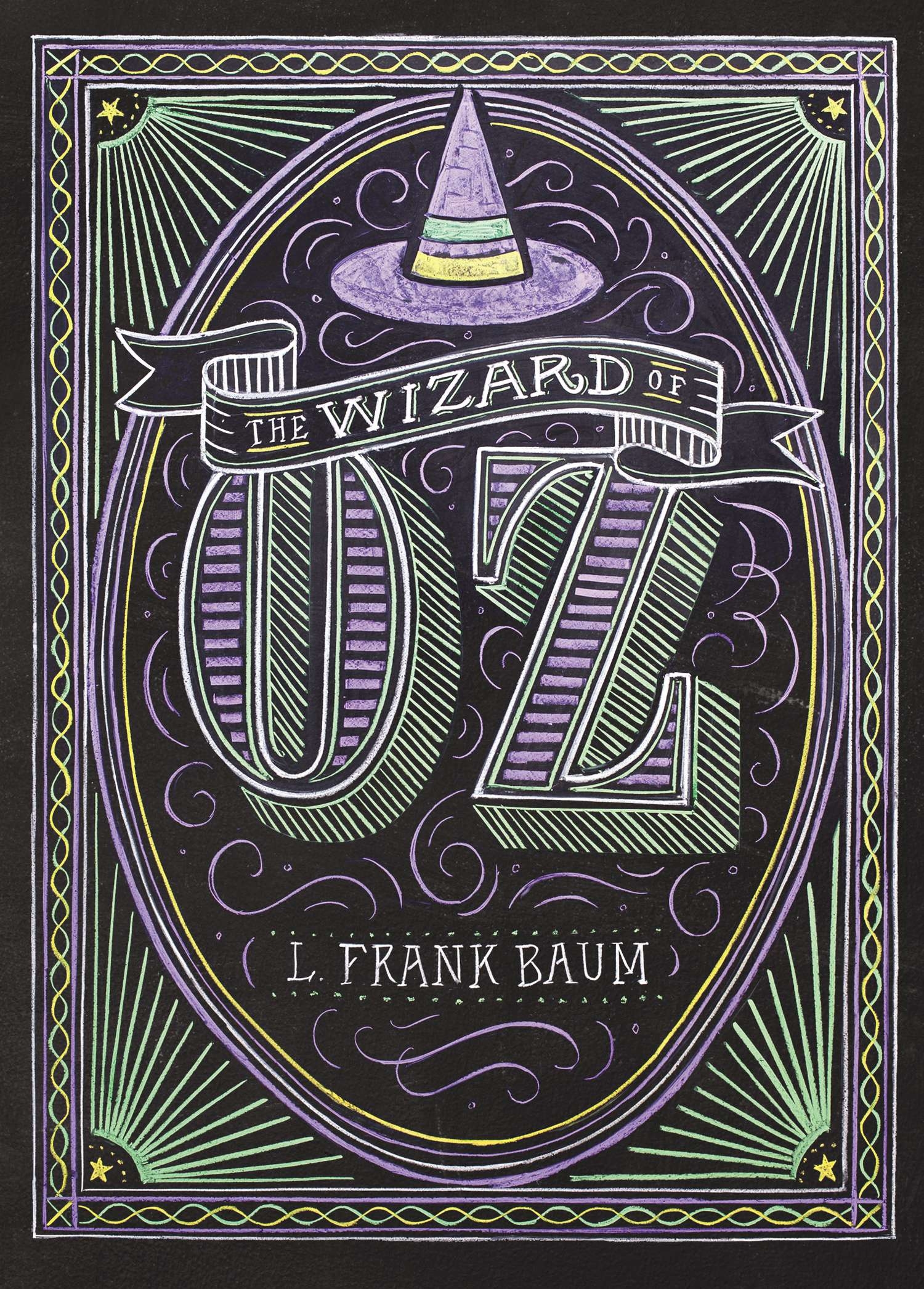

Toto: Prohibitionists, who largely supported the free silver movement.The Cowardly Lion: William Jennings Bryan.When viewed as an allegory, the main players in The Wizard of Oz correspond to these groups: Unraveling the hidden meanings behind The Wizard of Oz The dollar officially uncoupled from gold altogether in 1976, signaling the end of the gold standard in the U.S. In the early 1930s, Americans were required to convert all gold coins, certificates, and bullions into U.S. The gold standard gradually deteriorated over the following decades.
dollar became a more prominent global currency as many nations abandoned the gold standard to navigate massive military expenditures. The Great War sent European financial systems into a tailspin. Gold proved itself to be less flexible in the face of challenging economic conditions - a reality that took center stage during World War I. But the gold standard also had its drawbacks. That runs counter to the way things are done today. For one, it helped curb inflation because banks and governments had little influence, if any, over a nation’s money supply. The gold standard came with certain benefits. This was also the year that Baum published The Wizard of Oz. That included the United States, which formally adopted the gold standard in 1900 when Congress passed the Gold Standard Act. By the early 20 th century, most developed countries adhered to it. While it’s no longer used by governments today, the gold standard had its moment from 1871 to 1914. Under this system, paper money could be converted into a fixed amount of gold. The gold standard tied the value of a national currency to gold.

Understanding the context of the gold standard Bryan ultimately lost to McKinley, who went on to sign the Gold Standard Act in 1900. The Republican candidate, Governor William McKinley, rallied support from many urban industrial workers by suggesting that a Bryan victory would lead to increased unemployment and lower wages. The democratic nominee, William Jennings Bryan, was a vocal opponent of the gold standard and the voice of the pro-silver movement. Things came to a fever pitch during the 1896 presidential election. Farmers, meanwhile, were perpetually indebted to creditors. When the minting of silver coins was discontinued in 1873, it effectively tightened the money supply - which benefited banks and other creditors. This, they hoped, would lead to a fairer economy and much-needed social reforms. Since silver was more easily accessible, the idea was that “free silver” could create a more flexible money supply. Silverites, on the other hand, felt that currency should be redeemable in both gold and silver. The 1896 presidential election bred the rise of gold bugs, who supported the gold standard.Īccording to historian Alan Gevinson, these folks felt that the gold standard was the best way to keep the dollar stable, maintain a competitive marketplace, and promote economic liberty. Other areas of the country were still mostly reliant on agriculture. Many see The Wizard of Oz as a thinly veiled allegory of the “gold bugs” versus “silverites.” To provide some context, the last quarter of the 19 th century saw a boom in industrialism, mostly in the Northeast. This was followed by an economic depression and a rallying cry from many Americans to bring back bimetallism. As a result, if you held silver bullion, you could no longer use it to make U.S. Previously, the Coinage Act of 1873 had effectively stomped out the policy of bimetallism in the U.S. Frank Baum novel, which was published in 1900 amid political tension in the U.S. The Wizard of Oz film was actually based on an L. When viewed through this lens, The Wizard of Oz is a multilayered story that touches on the political and social tensions of the time. during the late 19 th and early 20 th century, according to the theory. The Wizard of Oz is a beloved, award-winning film that spun into a cultural phenomenon, but did you know that there’s a secret meaning behind Dorothy’s adventure? Some historians and economists believe that the tale represents how America navigated the gold standard.įrom the Yellow Brick Road to the Emerald City, each character and circumstance we encounter represents a different faction of the U.S.


 0 kommentar(er)
0 kommentar(er)
